Humans create organizations to make groups of people more powerful and effective than the sum of their individual parts. Business organizations are often created to implement a concept or strategy that was originally developed by one person, resulting in economic benefits for both that person and their employees.
In a typical small or medium sized business, the company’s principal, founder, another other key individual handles the day-to-day decisions and responsibilities, and then directs employee efforts accordingly to achieve company goals. In this way, workers contribute to the success of the principal’s organization, and the principal contributes to the efficiency and success of workers in the organization. However, this centralization of key responsibilities can also pose significant risk to medium-scale businesses that lack adequate planning in their organizational structures. What happens to a company’s productivity when the person in charge takes a vacation? What if they have a baby? What if they fall seriously ill? These questions aren’t always on the front of management’s minds, but if businesses aren’t prepared for such possibilities, the results can have a serious impact on the long-term viability of their organization.
Reliance on key individuals creates risks that, if not properly managed, may cripple profits, productivity, and lead to errors. Whether through retirement, illness, personal issues or death, a loss of key personnel increases response times, as the remaining staff need to spend more time to grasp the implications that the key person would have done instinctively. A firm can mitigate operational risk and market risk, but without key personnel planning, one may fall into the common path of avoidable errors by staff due to inexperience, and reputation, image, and investor confidence will suffer as a result.
Since Anthony Morena founded Mortar Group, our business has grown into a mature firm with a diverse staff including real estate, architecture, accounting, and finance departments. Over that time, we have carefully considered the level of key personnel risk associated with our leadership structure, and developed a “Key Personnel Plan” in order to mitigate that risk.
The primary focus of Mortar’s key team plan is to be prepared for the unexpected. By allocating responsibilities strategically among our staff and creating economic incentives for employees to find and fill gaps of responsibility that could arise, we have created an organizational structure that is flexible to day-to-day demands and resilient to interruption.
Additionally, we mitigate key personnel risks on an ongoing basis by obtaining key-person insurance policies when feasible, holding bi-annual key personnel risk assessment meetings, practicing regular and thorough documentation of individual project information and systems, providing ongoing training to staff regarding a diverse range of overlapping company responsibilities, and maintaining strategic organizational structures in which losing one staff member does not affect the productivity of the company as a whole.
Through these strategies, Mortar reduces key personnel risks by limiting the decision-making responsibility that falls solely on any one key individual, and empowering a “Key Team” to respond to a variety of situations. In doing so, Mortar’s organizational model helps to ensure the continued success of our business and consistent profitability for our investors long into the future.

